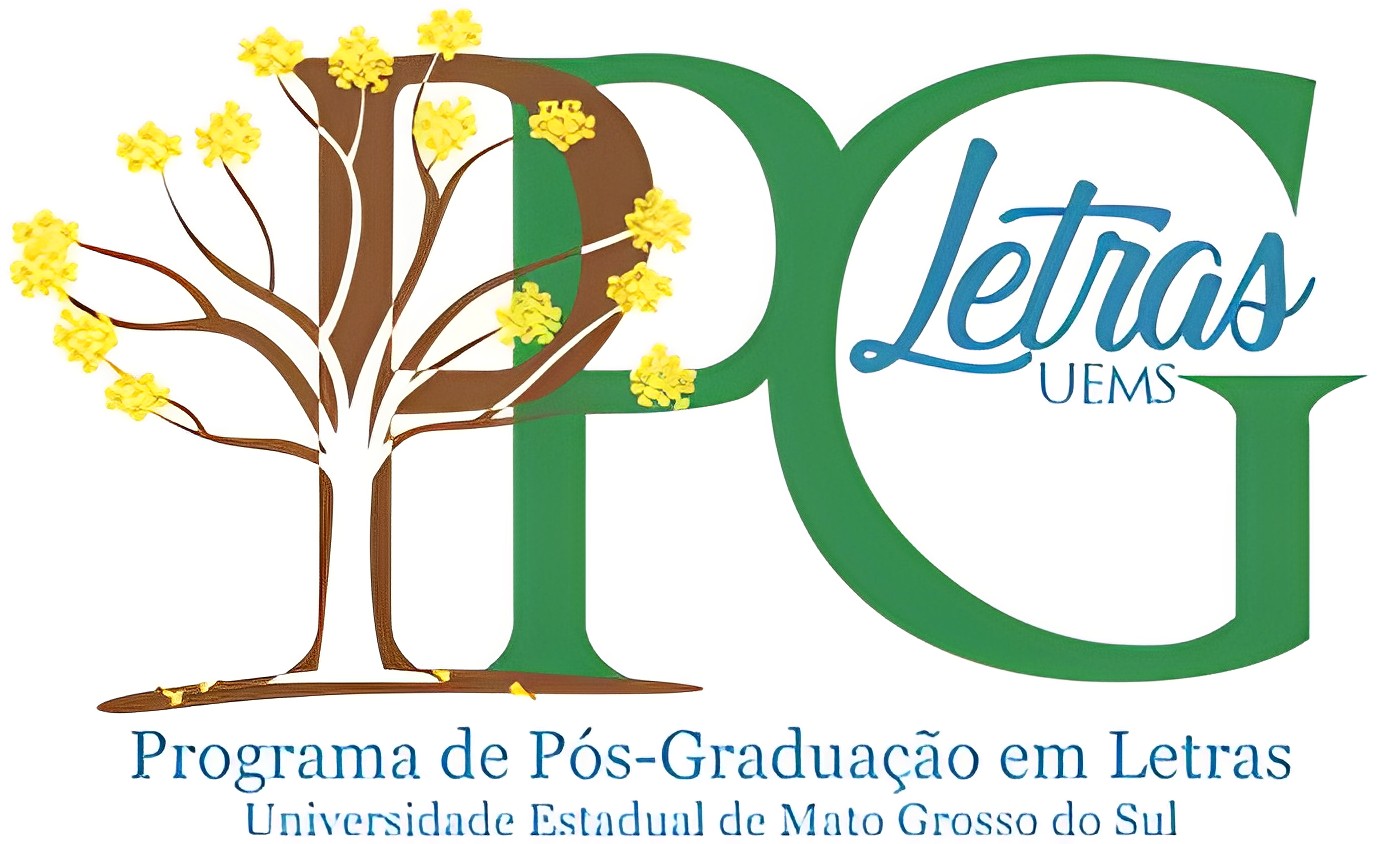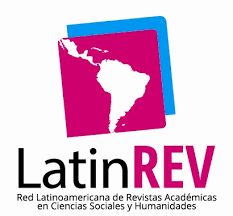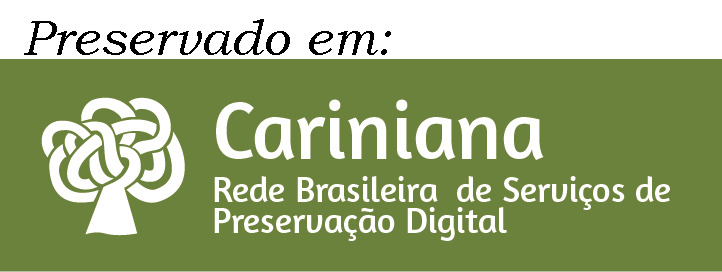Dialoguing in white
the poetic language of Emily Dickinson and Florbela Espanca
DOI:
https://doi.org/10.61389/revell.v1i39.9628Keywords:
poetic language, white, Emily Dickinson, Florbela EspancaAbstract
This article proposes a contrastive analysis of the poetic language of Emily Dickinson and Florbela Espanca, focusing on the symbolic use of the color white in some of their poems. The work explores how both poets employ white to express complex emotions and address themes such as death and pain. The analysis identifies and discusses the symbolic nuances that white assumes in their works, transforming into a point of articulation between silence and words. Drawing on Vilém Flusser’s (2011) reflections, the study considers white as a means of grappling with the inarticulable. The poems “Castelã da tristeza” and “Cemitérios” by Florbela Espanca, as well as “A solemn thing – it was – I said –” and “The Color of the Grave is Green –” by Emily Dickinson, translated by Adalberto Müller, are examined to discuss the symbolic use of white. These poetic texts establish a dialogue between the two authors by associating the color white with death and pain. By fostering a dialogue between two authors from different contexts, the study reveals convergences and divergences in their poetic approaches, demonstrating how universal themes are reinterpreted in unique ways. In doing so, it contributes to literary studies by deepening the understanding of Dickinson’s and Espanca’s stylistic resources and their philosophical and existential implications. The research highlights how both poets, though in distinct ways, weave an implicit dialogue, perceptible through the contrastive analysis of their poetic texts, using white to navigate the inarticulable.
References
AMARAL, Ana Luísa. Arder a palavra e outros incêndios. Rio de Janeiro: Oficina Raquel, 2019.
DICKINSON, Emily. Poesia completa. Tradução de Adalberto Müller. Campinas: Editora Unicamp, 2020.
CASTELLO BRANCO, Lucia. A branca dor da escrita: três tempos com Emily Dickinson. Rio de Janeiro: 7Letras, 2003.
CHEVALIER, Jean; GHEERBRANT, Alain. Dicionário de símbolos: Mitos, sonhos, costumes, gestos, formas, figuras, cores, números. Tradução de Vera da Costa e Silva et al. 16. ed. Rio de Janeiro: José Olympio, 2001.
ESPANCA, Florbela. Antologia Poética de Florbela Espanca. São Paulo: Editora Martin Claret, 2015.
FLUSSER, Vilém. A dúvida. São Paulo: Annablume, 2011.
SCLIAR-CABRAL, Leonor. Florbela Espanca, a deserdada. Letras de Hoje, [S. l.], v. 1, n. 1, 2015. Disponível em: https://revistaseletronicas.pucrs.br/ojs/index.php/fale/article/view/20858. Acesso em: 19 jul. 2024.
TAVARES, Gonçalo. Breves notas sobre a ciência. Florianópolis: Editora UFSC, 2010.
ULLMANN, Stephen. A natureza das palavras. In: Semântica: Introdução à ciência do significado. 2. ed. Madri: Aguilar, 1976.
Downloads
Published
How to Cite
Issue
Section
License
Copyright (c) 2025 REVELL - UEMS JOURNAL OF LITERARY STUDIES

This work is licensed under a Creative Commons Attribution 4.0 International License.
DECLARAÇÃO DE ORIGINALIDADE E EXCLUSIVIDADE E CESSÃO DE DIREITOS AUTORAIS
Declaro que o presente artigo é original e não foi submetido à publicação em qualquer outro periódico nacional ou internacional, quer seja em parte ou na íntegra. Declaro, ainda, que após publicado pela REVELL, ele jamais será submetido a outro periódico. Também tenho ciência que a submissão dos originais à REVELL - Revista de Estudos Literários da UEMS implica transferência dos direitos autorais da publicação digital. A não observância desse compromisso submeterá o infrator a sanções e penas previstas na Lei de Proteção de Direitos Autorais (nº 9610, de 19/02/98).




















